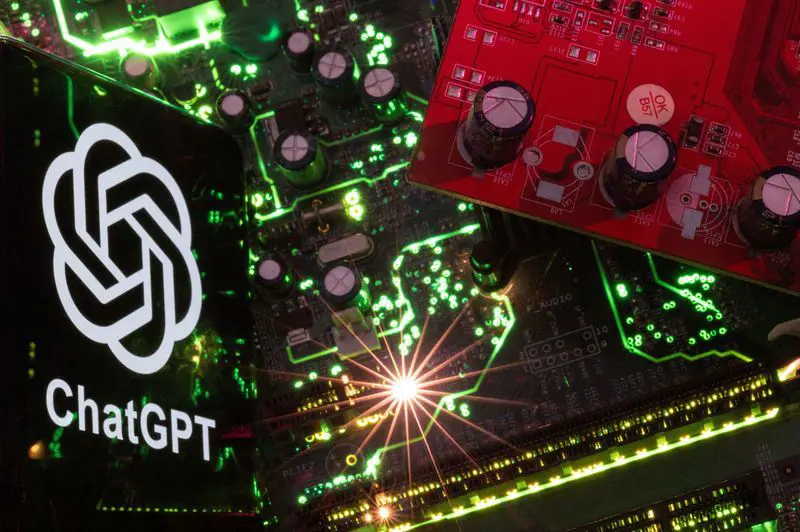OpenAI has been turned into a cultural phenomenon by Sam Altman with ChatGPT.

Today, three years later, he’s chasing where the real money is: Enterprise.
The newest artificial intelligence model, the rollout of GPT-5 last week, was rocky. Ultimately leading the company to restore its legacy GPT-4 to paying chatbot customers, critics bashed its less-intuitive feel.
However, GPT-5 isn’t about consumer. It’s the effort of OpenAI to crack the enterprise market, where rival Anthropic has enjoyed a head start.
One week in, startups like Cursor, Vercel, and Factory report early adoption of GPT-5. They’ve made it the default model in key products and tools. They highlight its faster setup, improved performance on complex tasks, and lower cost.
According to some companies, GPT-5 now matches or beats Claude on a space Anthropic once dominated, code and interface design.
Box is another enterprise customer. It has been testing GPT-5 on long, logic-heavy documents. Aaron Levie, the CEO told CNBC that the model is a breakthrough. He says it performs with a level of reasoning that prior systems couldn’t match.
OpenAI has built out its own enterprise sales team behind the scenes. The sales team, led by COO Brad Lightcap, has over 500 members and operates independently of Microsoft. Microsoft remains the lead investor and key cloud partner of the startup. Customers can access GPT models through Microsoft Azure or directly via OpenAI, which manages both the API and product experience.
Still, the economics are brutal. OpenAI is on track to burn $8 billion in 2025, making the models costly to run. Both OpenAI and Anthropic are spending heavily to secure customers.
That’s part of why both Anthropic, as well as OpenAI are courting new capital.
OpenAI is considering a secondary stock sale that could value the company at around $500 billion. It also reported that ChatGPT is approaching 700 million weekly users.


